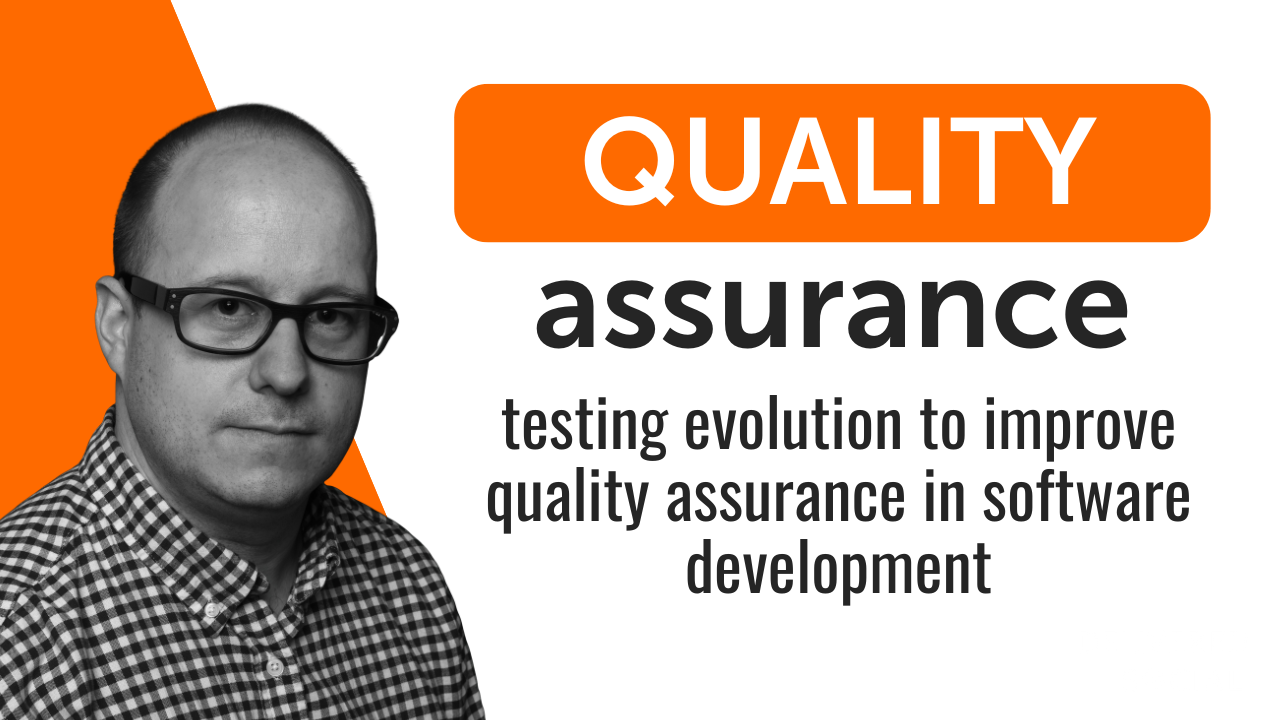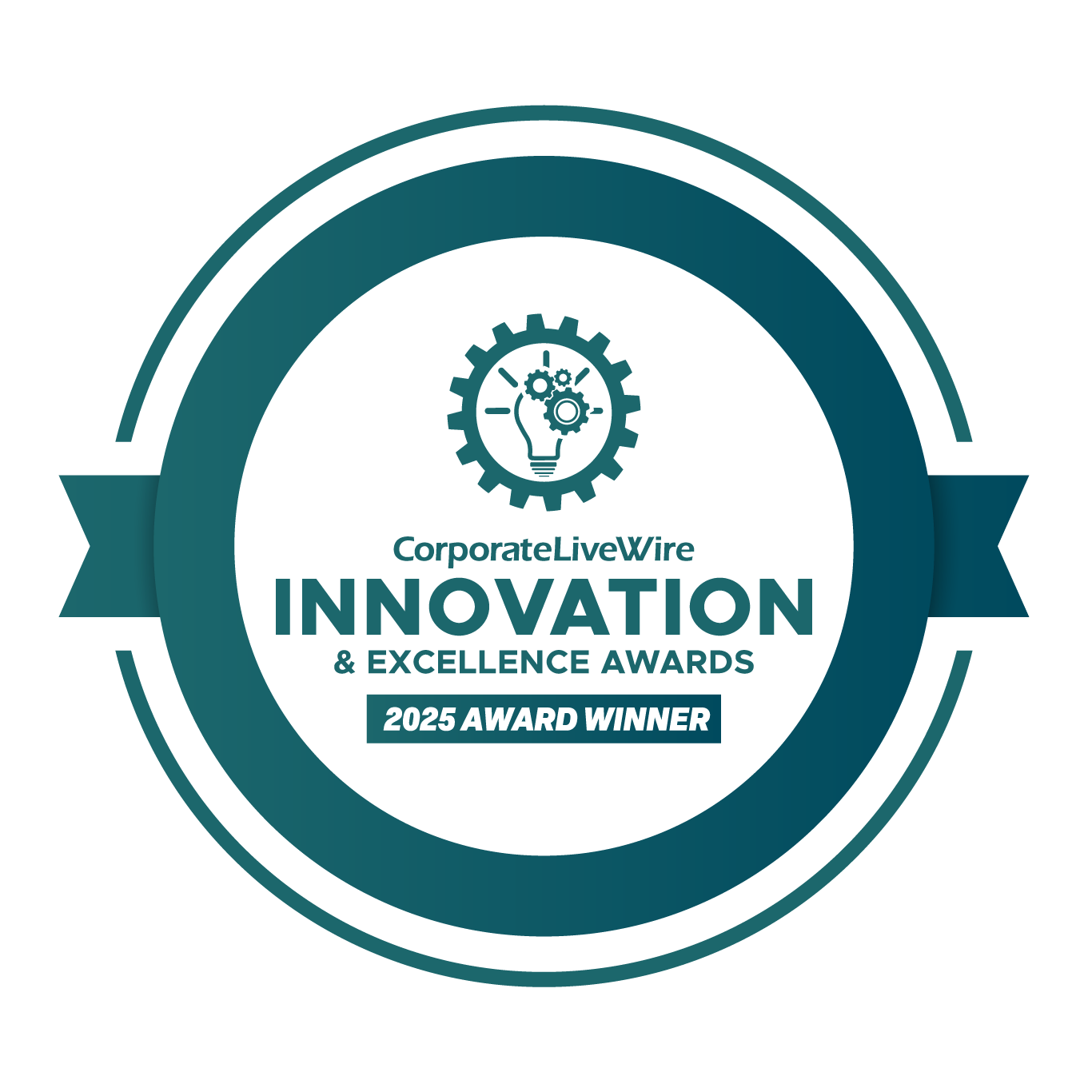
In today’s world, quality assurance is extremely important for delivering reliable and efficient applications within the fast-growing software development industry. It’s not about just finding the bugs in quality assurance but finding their roots and adapting testing strategies so these bugs never happen again.
Root Cause Analysis (RCA) in testing and Testing Evolution are pivotal strategies for accomplishing superior QA outcomes. This article delves into their essence, interplay, and how they collectively contribute to improved QA.
Root Cause Analysis In Testing
The major thrust of the RCA approach is the systematic investigation into uncovering the so-called root causes- precursors of defects or other problems. As opposed to symptomatic remedies, it addresses the identification and uprooting of the core cause for which problems should not repeatedly appear.
The Strategic Role Of Root Cause Analysis In Testing
Root Cause Analysis (RCA) goes beyond treating surface-level symptoms. It systematically investigates underlying issues to eliminate their recurrence. This proactive methodology reduces defects, improves processes, and sustains long-term quality.
Steps in Root Cause Analysis
- Problem Identification: Clearly define the issue, its scope, and its impact on the system or application.
- Data Collection: Stockpile relevant data, such as defect logs, testing artifacts, and user feedback.
- Analyse Causes: Applying techniques like fishbone diagrams and Pareto analysis or the 5 Whys method to identify the potential causes.
- Validation: Cross-check hypotheses against collected data to pinpoint the actual root cause.
- Corrective Action: Implement solutions to resolve the root cause and prevent future defects.
- Monitor Effectiveness: Continuously evaluate whether the implemented actions successfully mitigate the issue.
Benefits of RCA
- Defect Prevention: Eliminates recurring problems by addressing their origins.
- Enhanced Test Coverage: It helps identify gaps in testing, which can help improve test cases.
- Cross-Functional Collaboration: It Promotes healthy teamwork among all the testers, developers, and stakeholders.
- Cost and Time Savings: Resolving issues early reduces production fixes and associated costs.
Testing Evolution: Building Future-Ready QA Processes
Testing Evolution refers to continually improving QA procedures in response to changing technical and commercial landscapes. Testing has evolved from manual ways to modern AI-driven techniques and it has been a game changer for quality assurance.
Phases of Testing Evolution
- Manual Testing: Early stages relied on human efforts to execute test cases and identify bugs.
- Automated Testing: Tools like ACCELQ automate repetitive tasks, accelerating testing cycles and enhancing accuracy.
- Agile and DevOps Testing: Testing became iterative and collaborative, with integration into CI/CD pipelines ensuring faster feedback loops.
- AI and ML Integration: Newer Emerging tools leverage artificial intelligence for predictive analytics, defect detection, and test optimisation.
- Continuous Testing: Emphasising real-time testing throughout the software lifecycle so as to enable faster releases and improved quality.
Key Trends in Testing Evolution
- Test Automation: Advanced tools now support UI, API, performance, and security testing.
- Shift-Left Testing: Encouraging early testing in the development lifecycle so as to detect flaws sooner.
- Cloud-Based Testing: Allows for scalable testing across different environments without infrastructure constraints.
- Exploratory Testing: Retains a manual approach for uncovering unexpected issues.
- Quality Engineering: The tester’s role must include active participation in development and process improvement.
Bridging RCA And Testing Evolution: The QA Game-Changer
The synergy of RCA and Testing Evolution is vital for advancing QA practices. While RCA addresses the root causes of defects, Testing Evolution introduces innovative approaches to enhance QA processes and prevent future issues.
- Improved Test Case Design: Insights from RCA help create comprehensive test cases targeting recurring defects.
- Tool Selection: Identifying root causes like insufficient automation coverage prompts the adoption of advanced tools.
- Skill Development: RCA highlights training needs, enabling teams to align with modern testing methodologies.
- Process Refinement: RCA findings encourage shifts to Agile, DevOps, or AI-integrated workflows.
Meanwhile, here are some key insights into how Testing Evolution enhances RCA
- Data-Driven Insights: Modern tools provide real-time data that accelerates root cause identification.
- AI and ML Tools: Enable faster analysis of defects and patterns, complementing traditional RCA techniques.
- Collaborative Ecosystems: Platforms enhance communication among QA teams, streamlining RCA processes.
Applications Of RCA And Testing Evolution
A mobile application faced increased crash rates post-deployment. RCA identified inadequate testing across device types as the problem. Incorporating cloud-based testing platforms provided extensive device coverage, improving app stability significantly.
The Road Ahead: Future-Ready QA Practices
QA must evolve from defect detection to defect prevention, risk mitigation, and predictive analytics. Organisations embracing RCA and Testing Evolution can:
- Enhance product reliability and resilience.
- Reduce technical debt and accelerate delivery cycles.
- Build confidence among stakeholders through high-quality deliverables.
Conclusion
Root Cause Analysis and Testing Evolution are integral components of modern QA strategies. RCA ensures the identification and resolution of fundamental issues, while Testing Evolution adapts practices to meet the demands of emerging technologies. Together, they enable organisations to provide high-quality software in an efficient and cost-effective manner. By adopting these tactics, businesses can achieve strong QA procedures, customer satisfaction, and a competitive advantage in today’s digital market.
Interested In Working Together?
Introducing Delivered Social. We’re The Most-Rated Digital Agency In Surrey & Hampshire – We’ve Got To Be Doing Something Right.
Delivered Social is a digital marketing agency with one mission—to help businesses grow. We’re famous in Guildford and Portsmouth for our social clinics. We believe in free advice. We build lasting relationships because our team prides itself on being helpful, which our clients appreciate.
If you are looking for a new website or an agency to manage your social media presence, we can help.
If you need something slightly different, here's a super handy list of all our services, or you can always email us.























